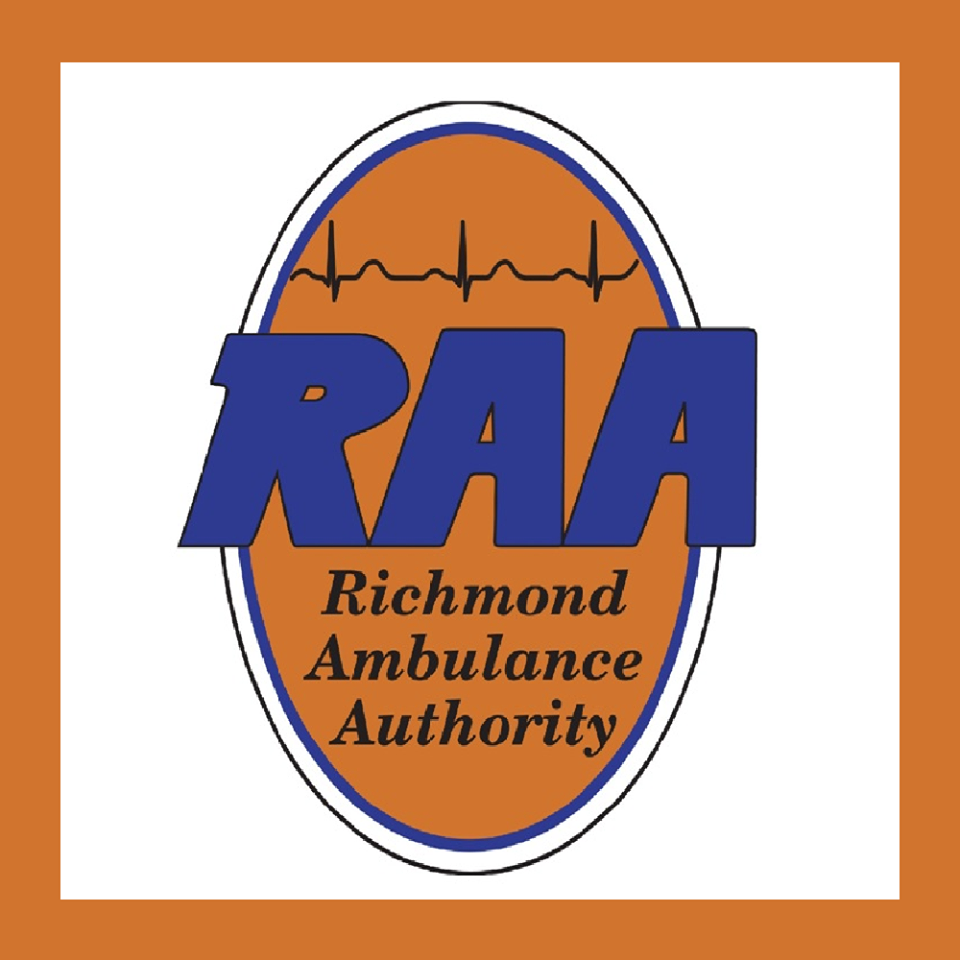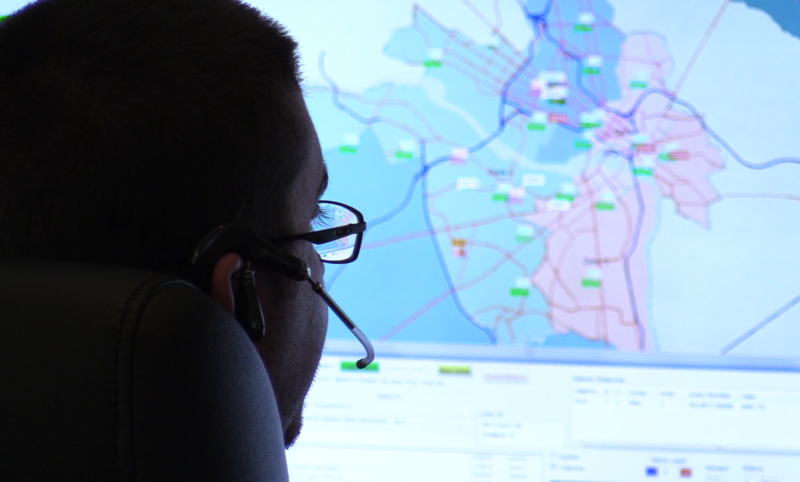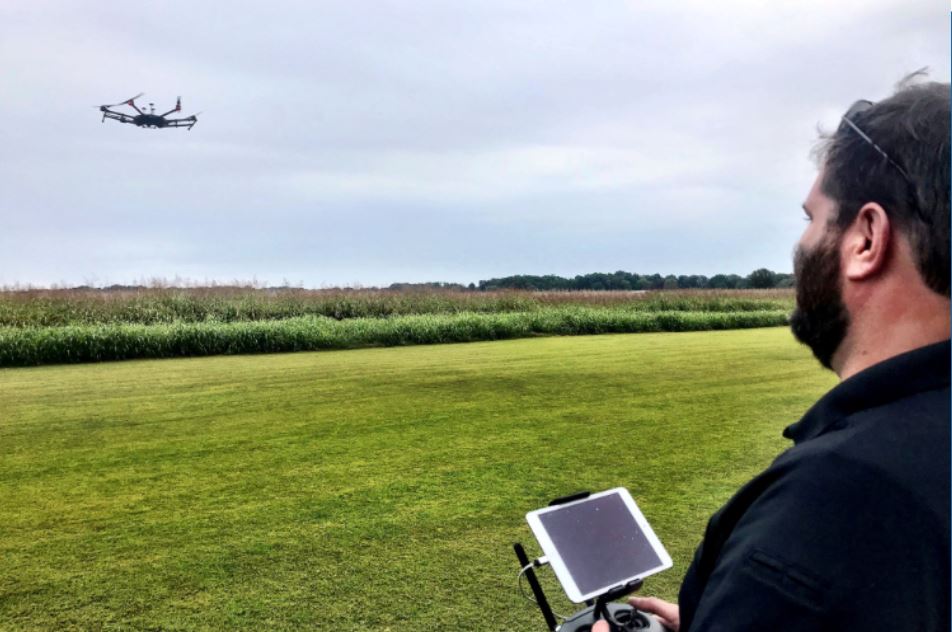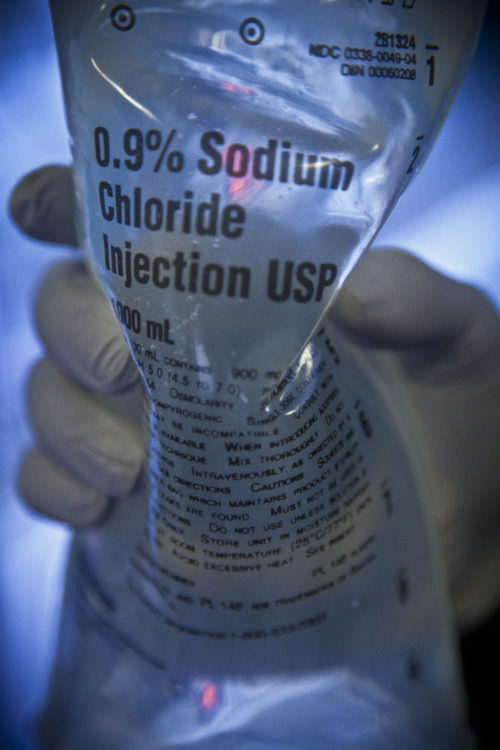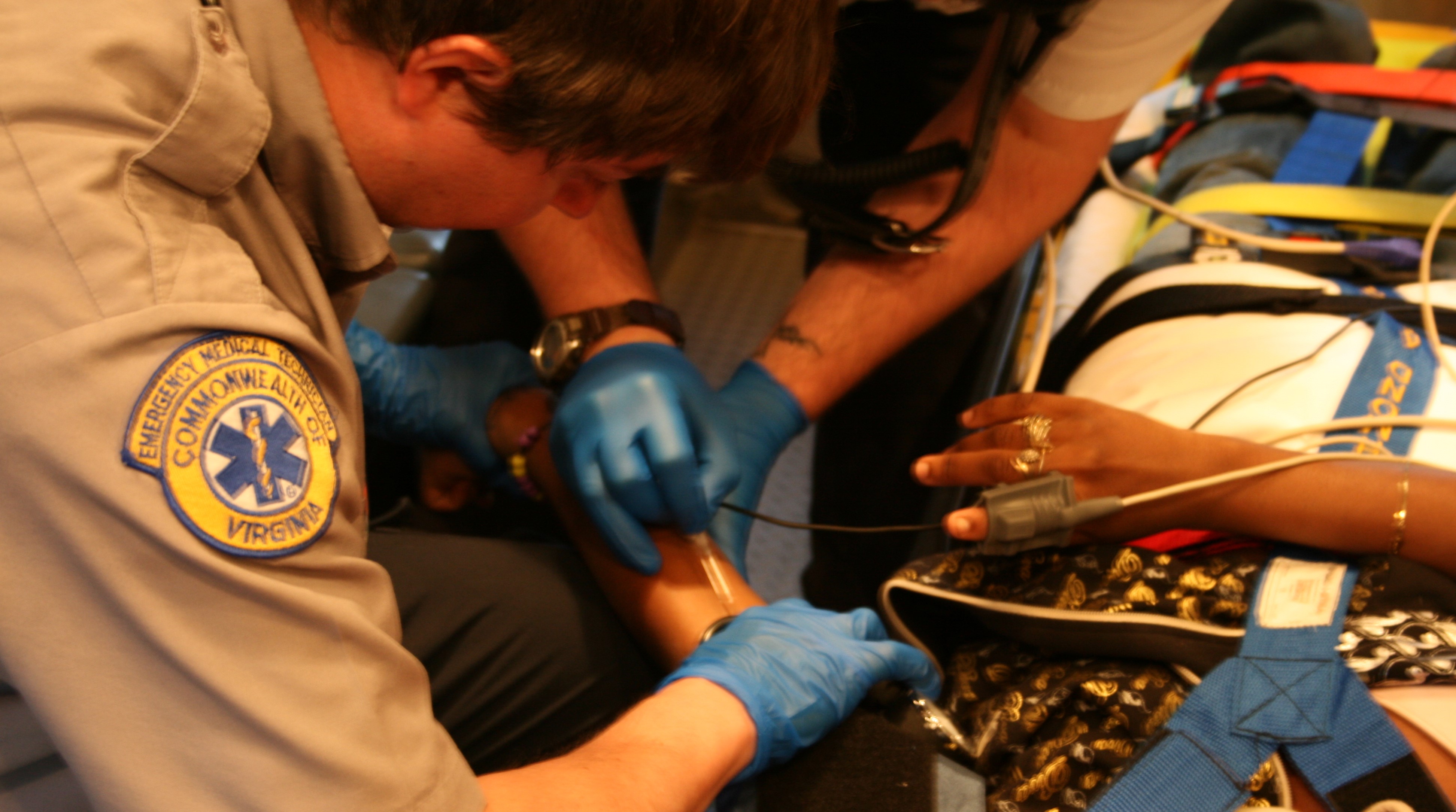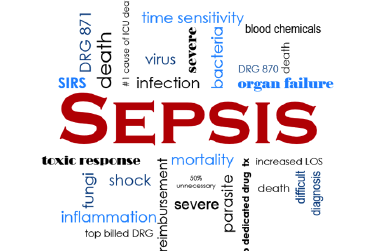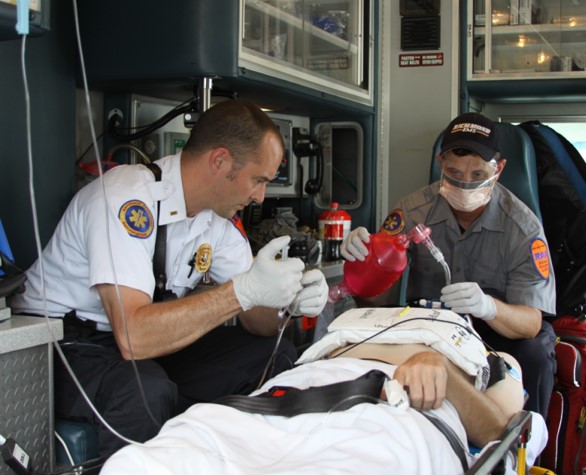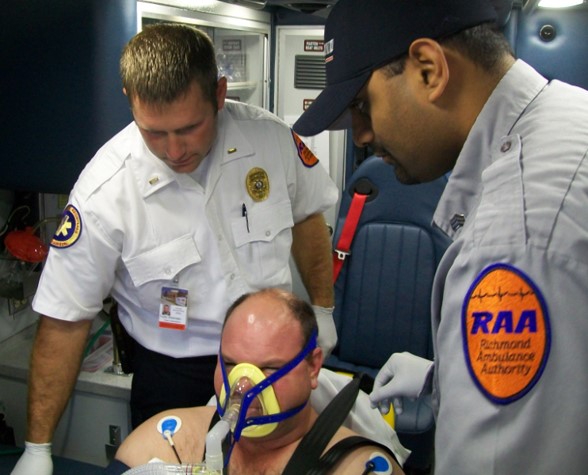“Do unto others as you would have done to you.”
This quote is not cliché to the 911 professional; instead, it is the ethos of our community of first, first responders. Call takers have one of the toughest jobs in the world because of the requirement to be the voice of compassion, providing relief in the form of words, and sending help to those having the worst day of their lives.
Each communications officer can explain the technical aspects of how a 911 call works, including the exact location of the phone call, databases utilized to identify the location, what kind of information is provided by various software systems, etc. However, these are only part of a 911 call.

Almost every person in the United States has been taught from an early age that 911 is there to help when needed. However, callers do not explain why they need help, just demand it be sent and get mad, using aggressive language when questions are asked. Everyone in public safety is required to communicate with people in crisis, after all, managing crisis is what we do, right? The first, first responders are no exception because they know one fundamental principle, it’s not what you are saying but, how you say it.
A caller experiencing an emergency has certain expectations: First, a human being will answer their call the second they make it. Second, that person will provide the help requested posthaste. Finally, all of this should happen while talking to one person, meaning one caller and one call taker. After all, this is what happens on their favorite television shows. Unfortunately, they are more likely to experience the following: First, listen to a recording before speaking to a person. Second, they talk to a human and feel some relief help is coming, and finally, they suddenly hear “hold for medical” now, a third voice is heard. Scenario one is what every center strives for, but call takers face a more significant challenge when it does not happen that way.

Speaking to someone who is having the worst day of their life takes skill, practice, most of all, patience. How many times have you heard this today? “Stop asking all these questions and send help, now!” with colorful word choices thrown in for measure. Callers’ perception is we are delaying sending help to their emergency, resulting in adding frustration to an already scary event for the caller.
Field responders and communication officers are held to the same standards when it comes to customer service. Without the non-verbal cues of communication at our disposal in the center, we have to understand there are two types of customer service. In an article by Heidi Kevoe-Feldman, Ph.D., she describes two customer service expectations. The first is the caller’s expectation that they can order service to satisfy their immediate goal orientation of getting help with a high expectation of entitlement for that help. In the 911 center, we provide a type 2 level of customer service, meaning we have to address a series of institutional contingencies (protocols) before granting the request for help (Kevoe-Feldman, 2019).
Utilizing attention-getter statements such as “ma’am, ma’am” is ineffective in the emergency call center environment. Remember we are not talking to family or friends who are ranting on and on about something, you are talking to someone in a true crisis. Repetitive persistence can work in some cases; in others, getting the callers’ name and making the call seem personal can more often than not reduce the frustration in all parties on the phone.
I hear this frustration in your voices when performing Emergency Medical Dispatch (EMD) audits daily for the center. You are not in this alone, and there is hope in the form of communication skills. According to the text (Clawson, M.D., Dernocoeur, EMT-P, & Murray, 2015), “knowing how to control people who cannot control themselves is part of the artistry of dispatching.” You understand the technical part of the job, now work on the art of communication. Working in any center around the globe, this is perhaps the best skill you possess but also one poorly used or demonstrated.
Works Cited
Clawson, M.D., J. J., Dernocoeur, EMT-P, K. B., & Murray, C. (2015). Principles of Emergency Medical Dispatch (v13.0 ed.). (A. Gonzales, & R. Tuft, Eds.) Priority Press.
Kevoe-Feldman, H. (2019). Inside the Emergency Service Call Center: Reviewing Thirty-years of Language and Social interaction Research. Research on Language and Social Interaction.
